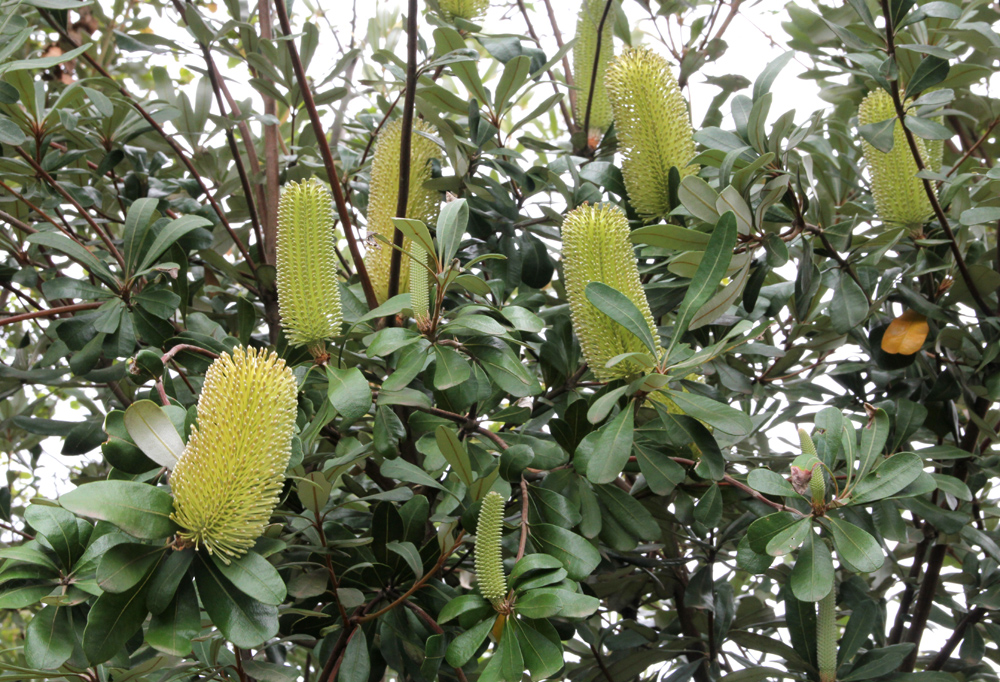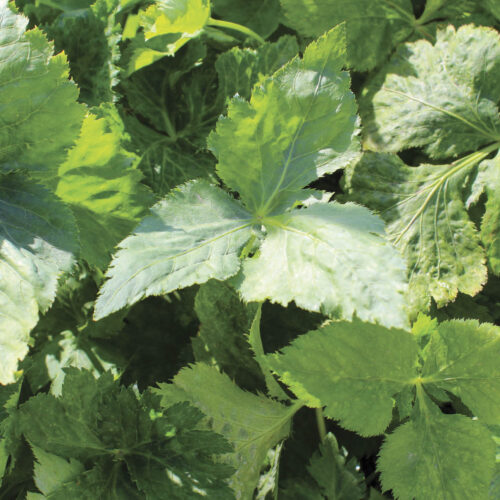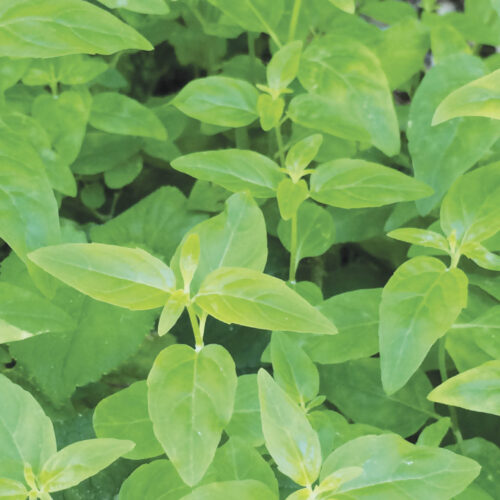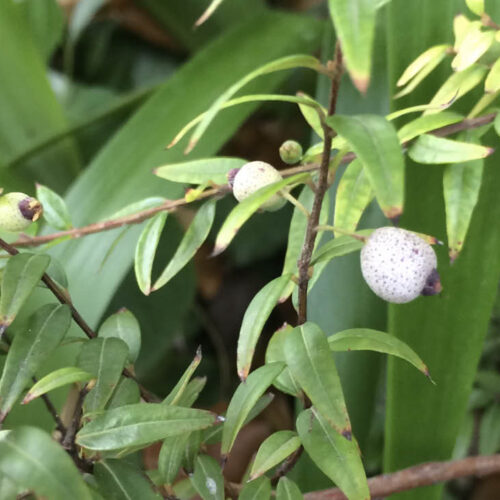There’s nothing bad about Banksias
2012-03-21T06:23:00+11:00
The Big Bad Banksia Men have terrorised the dreams of Aussie schoolchildren for decades. But JUSTIN RUSSELL wirtes that there's nothing bad about banksias, and in fact, they have an important role to play in organic gardens.
One of the things I love most about autumn is the annual display of native flowers, most notably grevilleas and banksias. I’ve got a few of each genus in my garden, but the plant that really takes my fancy is Banksia integrifolia, otherwise known as the Coast Banskia. This eastern Australia native is a plant of subtle beauty. At the moment mine is covered with lime-green flower spikes, the most I’ve ever seen. These are set off to brilliant effect by the silvery underside of each leaf and the chestnut brown trunk.
Don’t be fooled by the common name. I’ve seen Banksia integrifolia growing equally well at 1500 metres above sea level in New England National Park, where it gets dumped with snow every winter, and at about five metres above sea level on the Gold Coast, where it cops a full blast of salt spray all summer. It’s incredibly tough in all but the harshest environments.
Not every banskia is quite as adaptable, but there is a species for every climate in Australia. Some other favourites of mine include: Banksia ericifolia, ideal for gardens right along the east coast; Banksia robur, happy in swampy ground in the subtropics, Banksia grandis, the bull banskia from south west WA, and Banksia aemula, made famous by the Big Bad Banksia Men, villains in the Snugglepot and Cuddlepie stories by May Gibbs.
In my view, no organic garden is complete without some native plants, and all gardens are greatly enhanced if some of those natives are locally indigenous. The reason I think they’re so important is that organic gardening is about so much more than the substitution of organic sprays for synthetic chemicals – it’s about partnering with nature to create a diverse ecosystem where every element is in a state of balance.
Banksias play a vital role. Their big, showy flowers are highly attractive to native birds and beneficial insects, providing a rich source of nectar during the lean months of the year. Their foliage, which is often dense and prickly, provides safe nesting sites for small insectivorous birds such as wrens and willy wagtails, who will happily gobble up pests on the gardener’s behalf. In short, banksias are one of the best habitat plants available. I’m looking forward to enjoying mine all winter.






